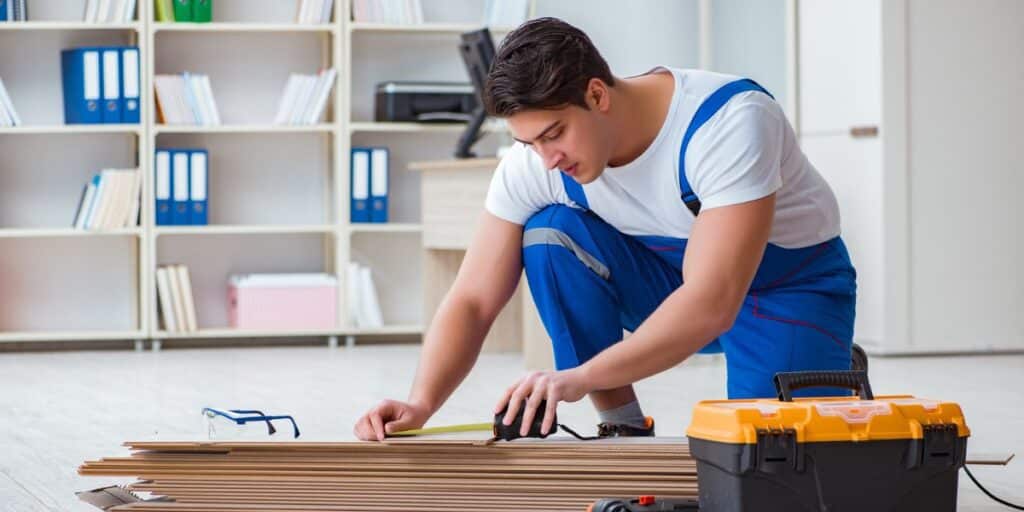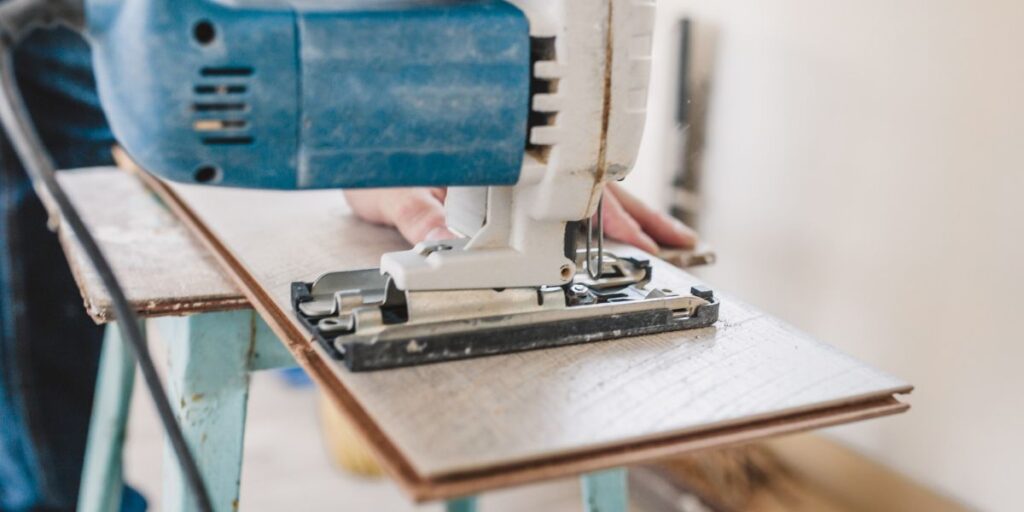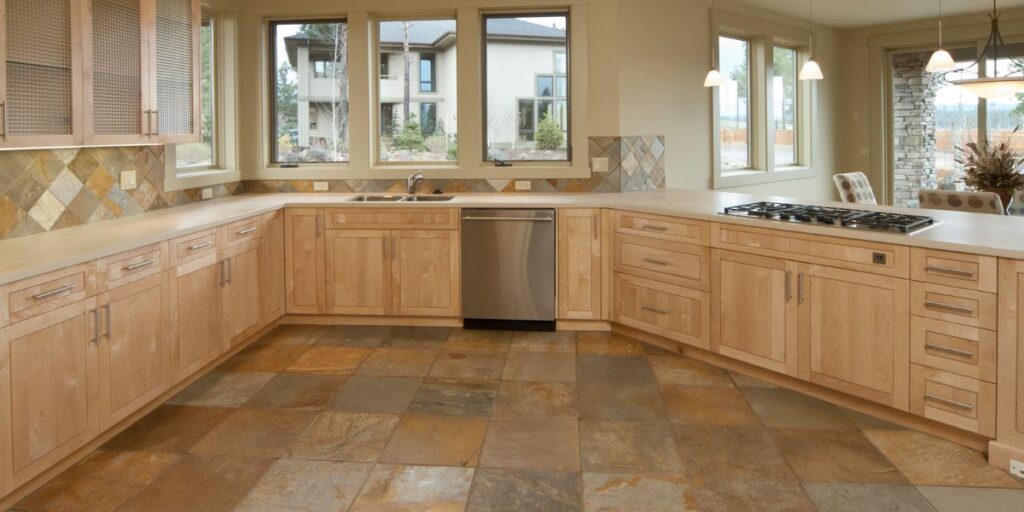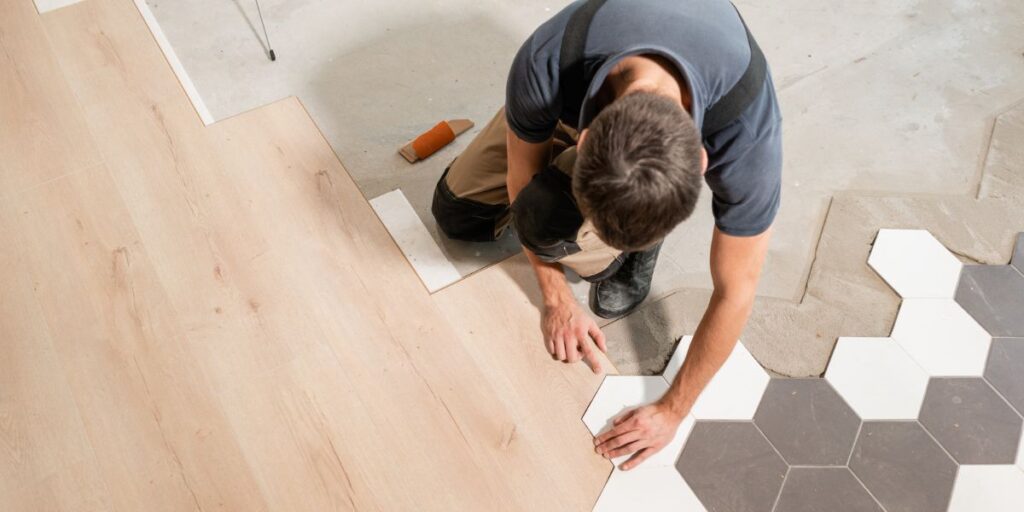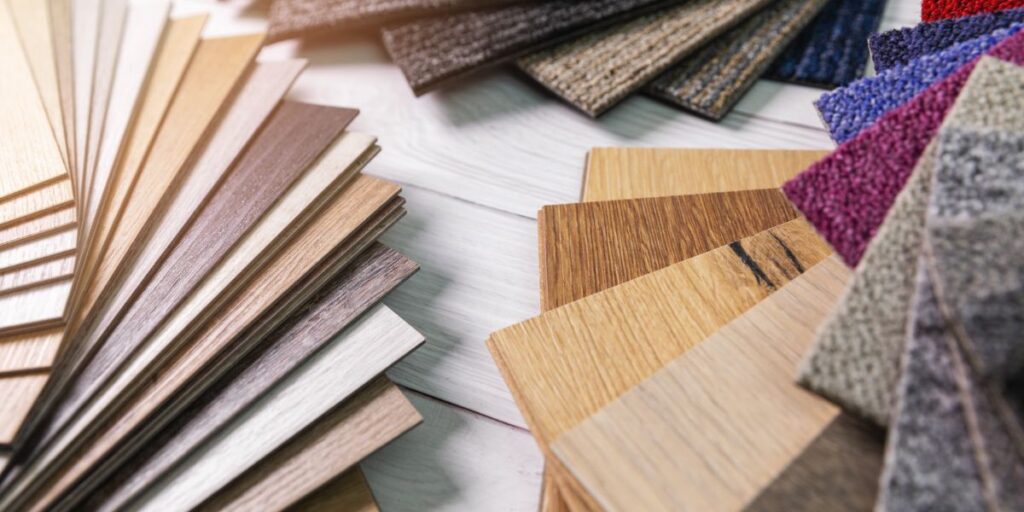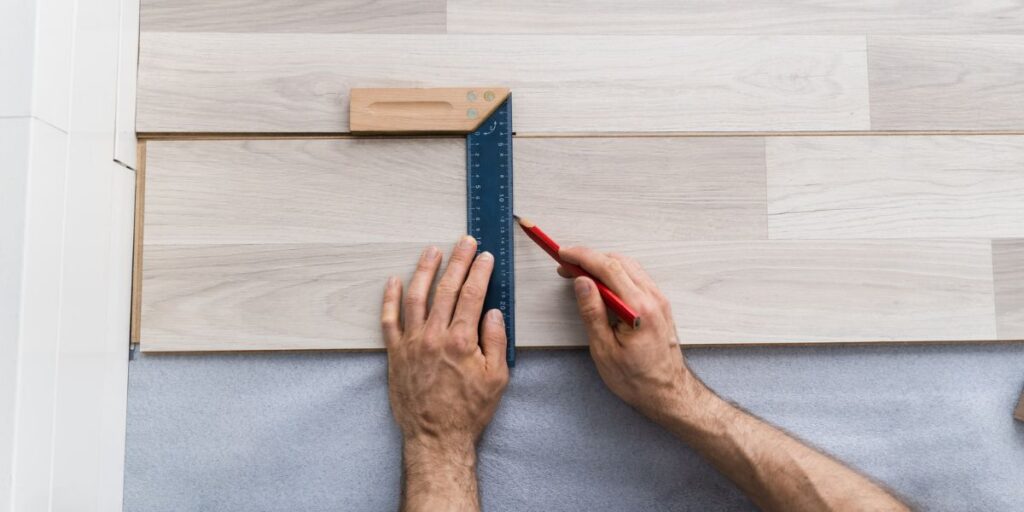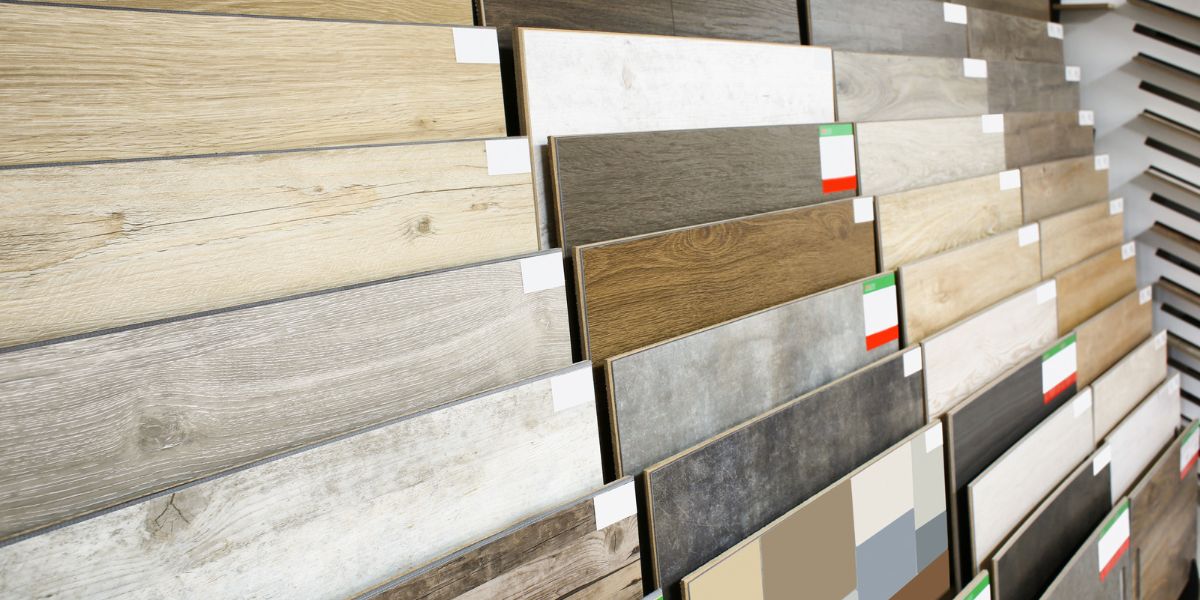
The Importance of Buying Extra Flooring
How much extra flooring to buy? When it comes to home improvement projects, buying extra materials can be easily overlooked. This is especially true when it comes to flooring.
Many homeowners assume that buying just enough flooring to cover the intended area is sufficient. However, this can be a costly mistake in more ways than one.
First and foremost, it’s important to understand that mistakes happen during installation. No matter how skilled or experienced the installer may be, there’s always a chance that something could go wrong.
Whether it’s a small mistake like cutting the flooring too short or a larger issue like damage during installation, having extra flooring on hand can save time and money in the long run. Additionally, unforeseen circumstances can arise after the installation is complete.
For example, water damage or wear and tear over time may require repairs or replacements of certain floor areas. If you don’t have any extra flooring on hand, this could mean purchasing an entirely new batch of material just for those spots – which might not even match perfectly with what you have installed.
The Factors to Consider When Calculating How Much Extra Flooring to Buy
When determining how much extra flooring to purchase for your project, there are several factors you need to take into consideration: The size and shape of the room: Obviously, larger rooms will require more flooring than smaller ones – but don’t forget about odd-shaped rooms or those with angles that might necessitate additional waste. The type of flooring being used: Some types are more forgiving when it comes to cutting and installing than others.
For example, luxury vinyl planks can often be trimmed down easily if necessary, whereas hardwood planks cannot. The installation method being used: Different types of installations (floating vs. nailed down) may require different amounts of material to account for waste and trimming.
In the next section, we’ll explore the standard rule of thumb for how much extra flooring to buy – but remember that each individual project may require more or less than this. It’s always better to err on the side of caution and purchase a bit more material than you think you need.
RELATED: The Beauty of VCT Flooring: An Expert’s Opinion
Factors to Consider When Calculating Extra Flooring
The Size and Shape of the Room
When calculating extra flooring, one of the most important factors to consider is the size and shape of the room. This will determine how much flooring you need to cover the entire space, including any odd angles or corners.
It’s important to take accurate measurements of the room before purchasing any materials to ensure that you have enough for proper installation. If your room is an odd shape, such as L-shaped, or has curves, it can be more difficult to calculate how much extra flooring you need.
In this case, it’s always better to buy more than you think you need rather than not having enough. You want to avoid running out of flooring in the middle of installation and being forced to stop while waiting for more material.
The Type of Flooring Being Used
Another factor that plays into how much extra flooring you should buy is the type of flooring being used. Different types of flooring have different waste factors during installation. For example, laminate flooring typically has a lower waste factor than carpet because it doesn’t require padding.
Hardwood floors typically have a higher waste factor due to cutting and fitting around corners and edges. It’s important to research your specific type of flooring before starting installation so that you can accurately calculate how much extra material you’ll need.
The Installation Method Being Used
The final factor that comes into play when calculating extra flooring is the installation method being used. Some methods require more waste than others, such as glue-down installations where excess glue may need to be scraped off. Floating floor installations typically require less waste because they don’t involve adhesive.
If you’re unsure about which installation method is best for your specific type of floor or room layout, consult with a professional installer before making any decisions. There are several important factors to consider when calculating how much extra flooring to buy.
Taking accurate measurements, researching your specific type of flooring, and considering the installation method are all crucial steps in ensuring that you have enough material for proper installation. Remember, it’s always better to have too much than not enough!
How Much Extra Flooring to Buy
When it comes to buying extra flooring for your home renovation project, it’s always better to be safe than sorry. Most experts recommend buying at least 10% extra flooring to account for mistakes, unforeseen circumstances, and future repairs. This may seem like overkill, but trust me – it’s worth the investment.
The Standard Rule of Thumb
Let’s start with the standard rule of thumb – buying 10% extra flooring. This is the recommended amount by most professionals in the industry. While some may argue that this is excessive, I firmly believe that having this much extra can save you time and money in the long run.
If you underestimate the amount of flooring needed and don’t have enough on hand during installation, you’ll face delays and added expenses when ordering more materials. It’s always better to have too much than too little.
The “Just in Case” Factor
Now let’s talk about one of my personal favorite reasons for buying extra flooring – the “just in case” factor. Unforeseen circumstances can arise during installation, such as damage or mistakes made by contractors or DIYers. Having additional flooring on hand can save time and money when these situations occur.
Plus, let’s be real – accidents happen all the time! Kids spill juice, and pets scratch up floors – having a few spare planks or tiles will come in handy when quick repairs are needed.
The “Matching” Factor
The next reason to buy extra flooring is all about matching dye lots and patterns. If you end up needing more materials later on down the line for repairs or renovations, it can be difficult (if not impossible) to find an exact match with your existing batch of flooring.
By purchasing additional materials upfront from the same dye lot as your original order, you’ll ensure a seamless look that will last for years to come. Trust me, the last thing you want is a patchwork of mismatched flooring in your home.
The “Future Repairs” Factor
Let’s talk about the “future repairs” factor. Even after installation, accidents can happen, and flooring may need to be replaced.
By having extra materials on hand, you’ll make these repairs much easier and more seamless. Not only will you avoid the headache of trying to match dye lots and patterns, but you’ll also save money by not having to order more materials at full cost.
Plus, if you’re planning on staying in your home for the long haul, having extra flooring on hand ensures that your floors will always look their best – no matter what life throws at them. Buying extra flooring may seem like an unnecessary expense at first glance.
But when you consider all of the potential benefits – from avoiding delays during installation to making future repairs easier – it’s clear that this is one investment that’s worth making. So go ahead and add a few extra boxes or tiles to your order – trust me, you won’t regret it!
RELATED: Staggering Vinyl Plank Flooring: Achieving a Professional-Looking Finish
Tips for Buying Extra Flooring
Measure Twice, Cut Once
You may think you know the dimensions of your room or space, but one wrong measurement could result in a costly mistake. This is especially true if you’re buying an expensive flooring material such as hardwood or natural stone. Take the time to measure the length and width of your room, and don’t forget to factor in any nooks or irregular angles.
When calculating how much extra flooring to buy, it’s always better to err on the side of caution and purchase a little more than you think you’ll need. You’ll thank yourself later when that one extra box saves you from having to buy an entire new floor.
Shop Around for Deals
Don’t be fooled into thinking that all flooring retailers offer the same prices. Before making a purchase, shop around at different stores and compare prices online. Some stores may offer discounts on bulk orders or have sales on specific types of flooring.
Another way to save money is by purchasing discontinued or clearance items. Just make sure that you buy enough extra flooring to complete your project, as these items are often limited in stock and may not be available for purchase later on.
Frequently Asked Questions
How much extra flooring should you keep?
It is generally recommended to keep around 10% extra flooring to account for waste, cuts, and future repairs or replacements.
How much extra laminate flooring should you buy?
When purchasing laminate flooring, it is advisable to buy about 10-15% more than the square footage of the area to cover, allowing for waste and potential installation errors.
How many packs of flooring do I need?
To determine the number of packs of flooring needed, divide the total square footage of the area to cover by the square footage per pack, considering any extra required for waste or additional cuts.
How much flooring comes in a box?
The amount of flooring in a box varies depending on the manufacturer and product, but it is typically mentioned on the packaging. Common box sizes can contain anywhere from 10 to 30 square feet of flooring.
How do you calculate flooring quantity?
To calculate the quantity of flooring required, measure the length and width of the area to be covered, multiply those values to obtain the square footage, and then consider any waste factor or additional area that needs coverage.
How do I calculate how much flooring I have?
To calculate the amount of flooring you have, measure the length and width of each room, multiply those values to obtain the square footage of each room, and then add up the square footage of all the rooms together.
Conclusion
Buying extra flooring is a smart investment that can save you time, money, and hassle in the long run. By following these tips for calculating how much extra flooring to buy and shopping around for deals, you can ensure that your project goes smoothly from start to finish. Remember: accuracy is key when measuring for your project, so take your time and double-check your numbers before making any purchases.
And don’t be afraid to shop around for deals – with some research and patience, you can find quality materials at affordable prices. So go forth and transform your space with confidence, knowing that you have the extra flooring needed to tackle any unexpected obstacles!

